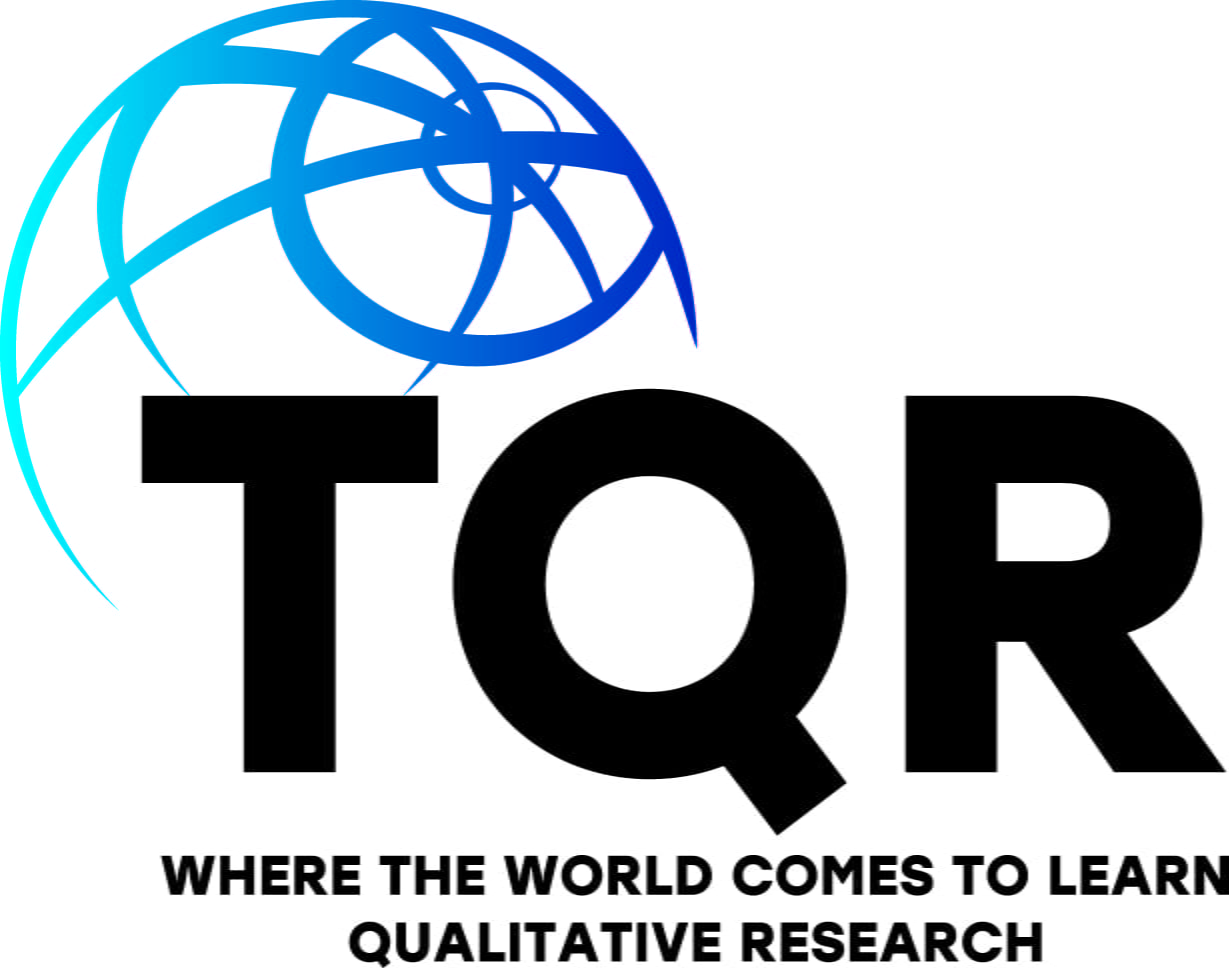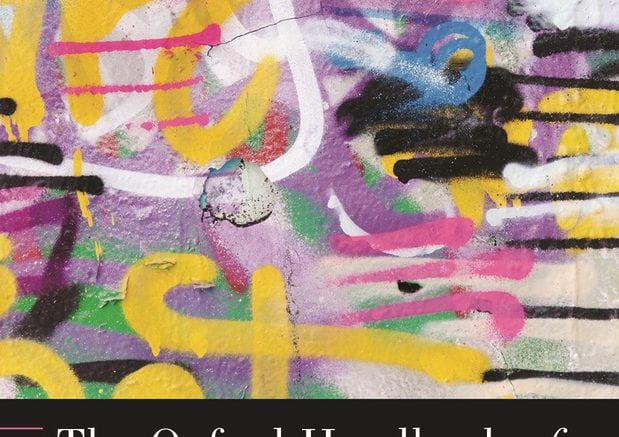Patricia Leavy
Independent Scholar, Kennebunk, Maine
Title: Public Scholarship, Research Methods, and Publishing: A Conversation with Dr. Patricia Leavy
Abstract: In this interview Dr. Patricia Leavy describes The Oxford Handbook of Methods for Public Scholarship, the importance of public scholarship, the need for methodological instruction in this area, and the personal and professional challenges doing this work. Patricia also offers publishing advice.
Keywords: public scholarship, research methods, qualitative research, public intellectuals, publishing, interview, contemporary research, social media, blogs
Please describe The Oxford Handbook of Methods for Public Scholarship.
This is an interdisciplinary, comprehensive overview of methods for doing public scholarship. Most simply, public scholarship is that which is available outside of the academy. Public scholarship circulates in spaces to which lay citizens have access and it’s understandable. Further, this kind of research is intended to be useful and explicitly address public needs. In order to do public scholarship, researchers need methodological tools. That’s the purpose of this handbook, to provide methodological instruction for engaging in public scholarship. The handbook includes robust examples from real-world research in different fields, ample discussion of working with nonacademic stakeholders and communities, coverage of traditional methods and emergent methods, as well as coverage of key issues such as writing, publicity, and funding, Our intent was to make a user-friendly and valuable text for students, professors, and researchers at all career levels. This is the first handbook of its kind and I’m incredibly proud of it.
Why is public scholarship important?
Research should be useful, in some capacity. Research should contribute something to the world. As others have pointed out, the fact that we need the term public research implies that most research is indeed private with highly educated and specialized academics as the only beneficiaries. If we were forced to call our research “private,” many of us might feel differently about it. Researchers use enormous resources, including their own time carrying out projects. The majority of published research circulates in academic journals that have only a handful of readers, and those readers are other academics with the same expertise. I believe there is an ethical imperative to make research available and useful outside of the academy, so that it may benefit relevant stakeholders. Research that circulates exclusively within the academy doesn’t meet this goal. What is the point of a kind of sociology, for example, that has no impact on society? I mean, it’s kind of absurd.
Why does the handbook focus on research methods?
While public scholarship has always existed to various degrees, long before it was labeled as such, over the past two decades there’s been more attention placed on the “impact” of research. Scholars are increasingly emboldened to consider the audience(s) for their research and to find new ways to reach them. It’s difficult for researchers to meet these new demands or opportunities if they haven’t been trained to do so. The research methods literature, and correspondingly how most researchers are taught, hasn’t necessarily kept up with the changes in the research landscape. It’s one thing to suggest folks should engage in public scholarship and quite another to give them the tools to do so. The goal of this handbook is to provide methodological and other pragmatic tools for engaging in public scholarship. The contributors review a range of issues and offer specific methodological design instruction, writing guidance, emotional support, and more. While no book can cover everything, anyone who reads this handbook should be prepared to design and carry out a project that contributes to public knowledge on their topic.
What obstacles do researchers confront when they want to do public scholarship?
I think it’s important to acknowledge that “going public” and making yourself visible and vulnerable only represents a choice for some scholars. For those doing critical scholarship, such as critical race, queer studies, or feminist work, the sheer act of labeling their work exposes their politics. For those making a choice, or a choice about the extent to which they “go public,” there are both pragmatic and personal challenges. Beginning with the former, hiring, tenure, and promotion criteria at many academic institutions highly favor published peer-reviewed journal articles, and what’s more, research that was conducted with conventional methods. Many funding agencies, journals, and publishers are also biased in favor of traditional approaches to research and representation. There are professional incentives to doing more traditional research, regardless of whether or not it benefits individuals or communities. There are also personal issues to consider. When you publish a journal article you rarely receive feedback from readers. When you do, it’s often years after you worked on the piece, when you have distance, and the “feedback” is typically in the form of citations. It’s easy to feel completely distanced. Public scholarship has the potential to reach much larger audiences, which can happen rapidly. When you publish a blog or op-ed the response is immediate. You can’t predict or control how people respond to your work. The comments and critique can be hurtful. This needs to be expected. While this is less common, you can also be targeted by those looking to bully an academic on social media. The consequences can vary widely, and in extreme cases, cause serious problems, as we’ve seen with some high-profile incidents of scholars facing calls for firing over their social media posts. Although those cases aren’t the norm, there’s always the possibility there will be a price to pay. Public scholars make themselves visible and vulnerable. When you do this work you are no longer in the dark corridors of the academy; you shine a spotlight on your work. For most who engage in this work the rewards far outweigh the costs, but these issues need to be carefully considered and addressed. Be prepared to the extent that you can. For example, you may need to develop a new perspective on critique, cultivate skills for dealing with audience feedback including “trolls,” and adopt self-care strategies. It’s not about a thick skin, it’s about perspective. Sensitivity, empathy, and compassion make us feel deeply and this is an asset and even a driver of public scholarship. A “thick skin” will hinder not help us. However, developing a new perspective on critique can be quite helpful. For example, viewing critique as a marker of “success” with respect to actually reaching people with our work is more productive than focusing on the content of specific responses.
Who’s the audience for the handbook?
It’s an interdisciplinary handbook aimed at graduate students and researchers at all career levels. It’s the kind of reference one can read cover-to-cover and then pull off their bookshelf time and again.
Let’s shift gears and talk about publishing this handbook, which took many years. As editor, how do you oversee this kind of project?
Putting together a comprehensive reference work is a long-term project. This handbook took about six or maybe seven years, from conceptualization to publication. It takes commitment to see this kind of project through. I try to focus on the big picture: the overall vision, the mission, how the pieces fit together, the reader experience, and the visual look of the handbook. Attention to detail is also important and I’m fortunate to work with amazing people who help me keep the trains running. In addition to my communications with contributors, my assistant Shalen Lowell regularly keeps in touch with contributors and also assists organizing their materials. Folks at Oxford keep track of permissions and the like. I think, perhaps, the most crucial but invisible aspect of overseeing this kind of project involves trusting the contributors. I provide general chapter guidelines about level, length, and coverage, but then I sit back and allow the authors to share their knowledge as they see fit. After all, they are the experts. I think the best work results from an open process that allows authors to express themselves freely. I don’t dictate style or content.
How was the cover art chosen?
My concept was always to use graffiti or street art. It’s eye-catching and speaks to the public aspect of the book. Abby Gross, my editor at Oxford curated an extensive selection of images that broadly could be described as graffiti. I fell in love with one and Oxford had two mock-ups made and the cover is the one I chose, which we all agreed was best. I love the cover because it conveys the content of the handbook at a glance. I also love that you can actually see the texture of the wall on which the art was made, which to me symbolizes the relationship between the researcher(s) and public in public scholarship.
You’ve worked with Oxford University Press for nearly twenty years. What’s your advice to other researchers who want to build relationships with publishers?
Good relationships are mutually beneficial. Everyone brings something to the table. This is true in publishing just like in our personal relationships. What you can control is what you bring. If you want a long-term publishing home it important to think about how you can be a good publishing partner. Naturally, try to develop relationships with people. Beyond that, here are some questions I have asked myself: What ideas can I bring them? How can I go the extra mile to assist with promotion and marketing? Do I meet deadlines? Do I follow submission guidelines? Am I respectful of people’s time? Am I transparent about conflicts, concerns, or other problems that arise? Am I collaborative? Even when I have a strong point of view, am I able to listen to others and put what’s best for the book first? How do I respond to feedback? In short, I try to bring everything I can to the table so those I value working with will, hopefully, feel the same. So my advice is, try to be the best partner you can be.
TQR readers can use code ASPROMP8 for 30% off The Oxford Handbook of Methods for Public Scholarship at the OUP site: https://global.oup.com/academic/product/the-oxford-handbook-of-methods-for-public-scholarship-9780190274481?q=leavy&lang=en&cc=us
The Oxford Handbook of Methods for Public Scholarship is also available on amazon: https://www.amazon.com/Oxford-Handbook-Methods-Public-Scholarship/dp/0190274484/ref=sr_1_10?keywords=oxford+handbook+of+methods+for+public&qid=1557933840&s=books&sr=1-10
Brief Bio
Patricia Leavy, PhD, has published over twenty-five books, earning commercial and critical success in both nonfiction and fiction, and her work has been translated into numerous languages. Her recent nonfiction titles include The Oxford Handbook of Methods for Public Scholarship, Handbook of Arts-Based Research, Research Design, Method Meets Art Second Edition, Research Design, and The Oxford Handbook of Qualitative Research. She is also series creator and editor for eight book series with Oxford University Press and Brill/Sense, including the ground-breaking Social Fictions series, and is cofounder and co-editor-in-chief of Art/Research International: A Transdisciplinary Journal. In addition to receiving numerous accolades for her books, she has received career awards from the New England Sociological Association, the American Creativity Association, the American Educational Research Association, the International Congress of Qualitative Inquiry, and the National Art Education Association. In 2018, she was honored by the National Women’s Hall of Fame and SUNY-New Paltz established the “Patricia Leavy Award for Art and Social Justice.” Her website is http://www.patricialeavy.com/.

